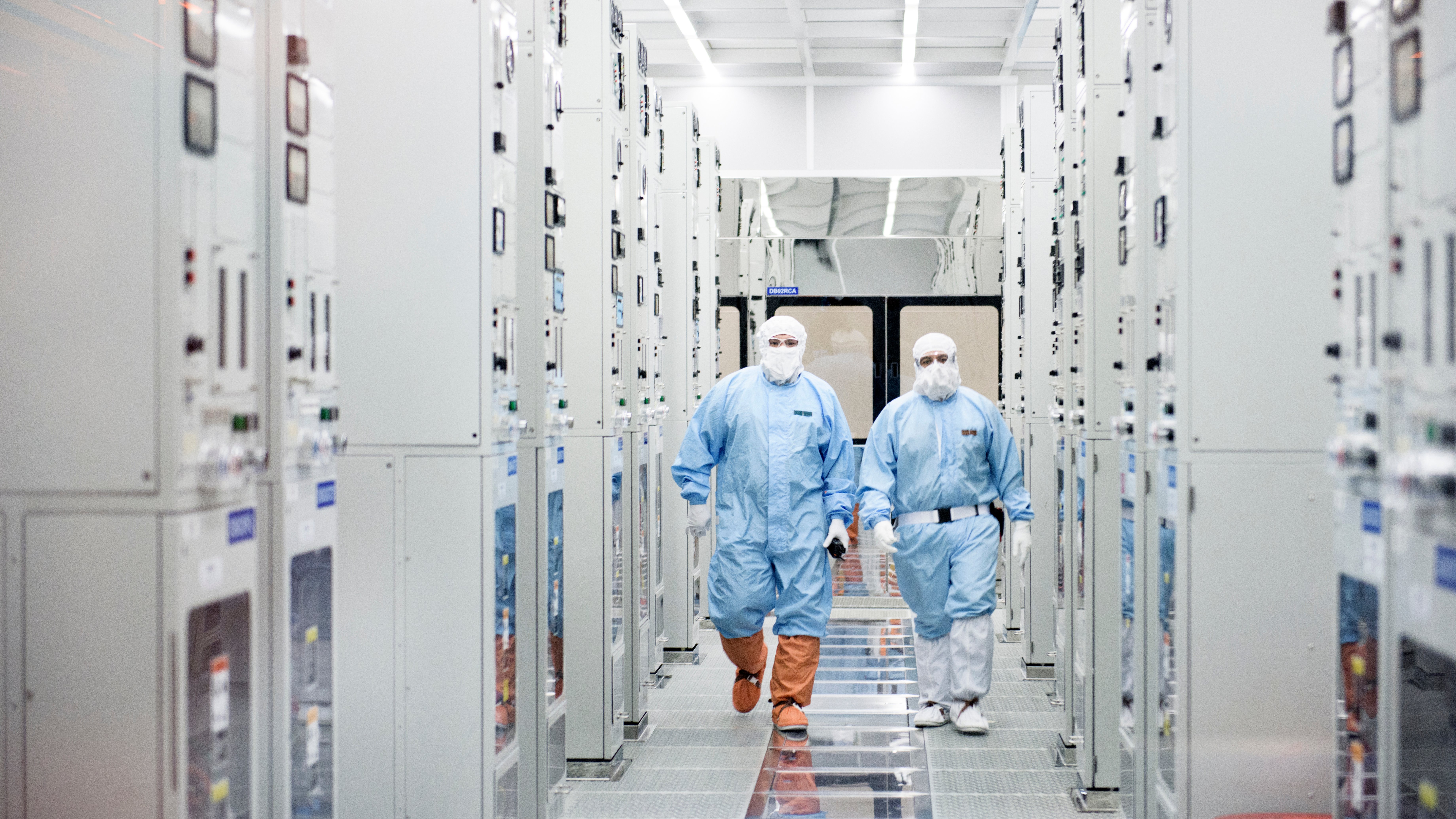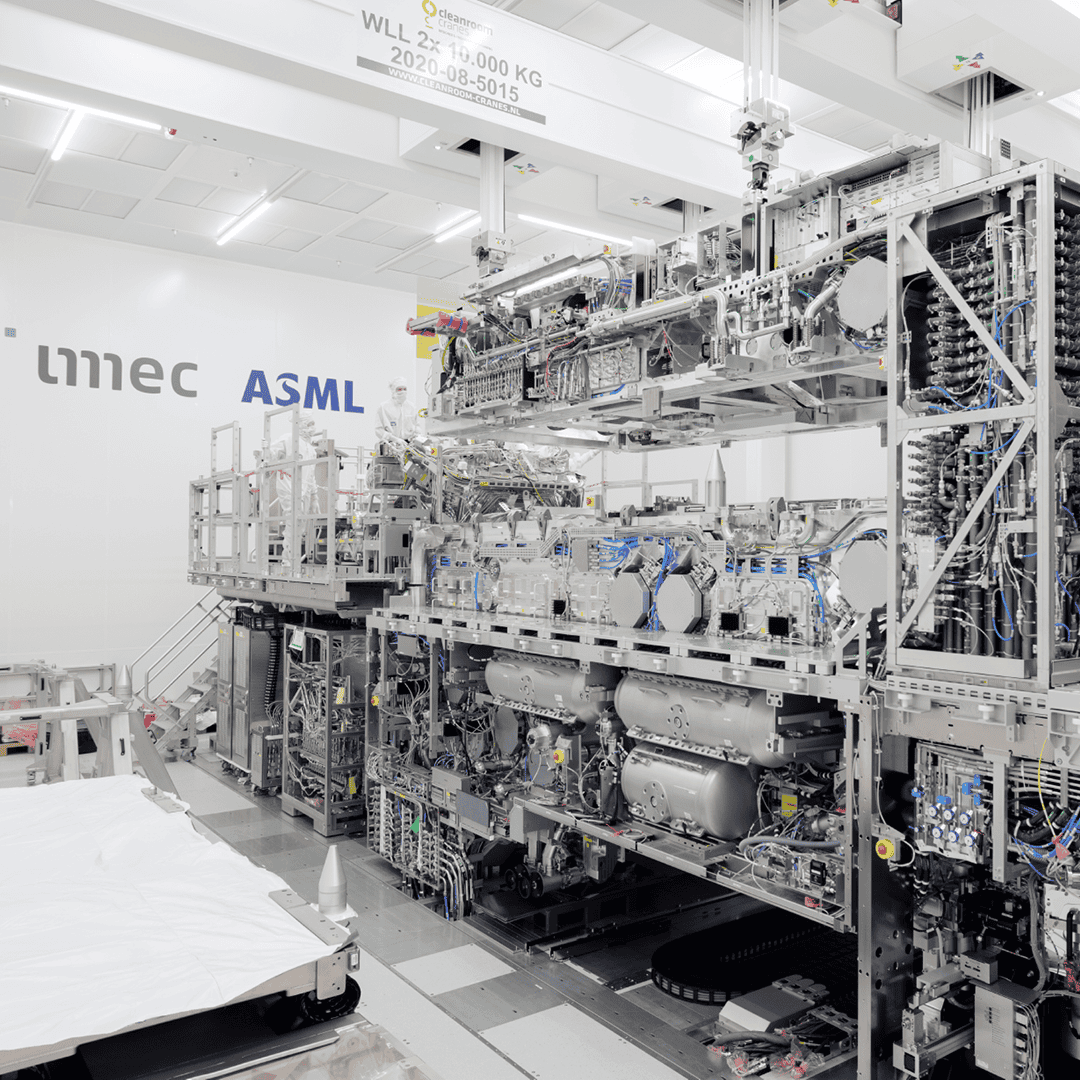
Regions outside of Eindhoven are dissatisfied with the distribution of millions from the Beethoven Fund earmarked for semiconductor education. Northern Netherlands and other areas warn of a missed opportunity. They fear that ASML, the Dutch pride in chip machines, will eventually choose a future in France or Germany. The FD wrote earlier this week that the regions find the Hague should handle the battle for high-tech investment and education differently.
Why this is important:
Unrest is palpable in the semiconductor sector. The Beethoven Fund aims to stimulate semiconductor education in the Netherlands. Doch, the way these funds are distributed is met with criticism from several regions. They see Eindhoven as the big winner, while other critical technological hubs, such as the North Netherlands, feel disadvantaged.
ASML’s importance for the Netherlands
ASML is no ordinary player in the market; it is a heavyweight in chip manufacturing. With headquarters in Veldhoven and customers worldwide, the company is one of the pillars of the Dutch knowledge economy. Developing semiconductor education is crucial to cultivating the talent for ASML’s survival and growth.
ASML’s potential departure would be a drain on the Dutch economy and technology sector. It would involve not only the loss of a headquarters, but also the loss of a network of suppliers, such as NTS Drachten, and the loss of high-quality jobs.
Regional call for fairness
The criticism from the Northern Netherlands and other regions is evident. An appeal is being made to the national government for a more proportional distribution of resources. This is not just about money but about creating equal opportunities for students and professionals nationwide.
Such an imbalance could lead to a brain drain, with talent and knowledge flowing away to the regions that receive the necessary support. This could undermine the innovation power of the Netherlands as a whole. The call, therefore, is to reconsider the distribution of the Beethoven Fund so that each region can contribute to and benefit from the growth of the semiconductor industry.
For this program, €450 million is available for the six years through 2030 and €80 million for the years after. The distribution is as follows: Brainport gets 67%, Twente 17%, Delft 10% and Groningen 7%. To illustrate, North Netherlands submitted a plan of €265 million after the above distribution had to re-budget with €29 million.
Already immediately after the distribution, Northern Netherlands let it be known that it was disappointed. In Twente, project Chopin was initiated. The region – which has an annual turnover of €3 billion thanks to the chip industry – fears the departure of crucial tech companies and demands hundreds of millions to preserve and develop the industry.

The future of technology education
Semiconductor education is not only important for the immediate future of companies like ASML. It is also essential for the long-term position of the Netherlands in the global market of technological innovation. The current situation poses a challenge to policymakers. They face the task of developing a strategy that does justice to both current economic interests and the need for sustainable development of technological talent.
Joost Frenken is dean of the Faculty of Science and Engineering at the University of Groningen (RuG). He spoke to the FD about a “Beethoven drama. The budget allows him to add “several dozen” students. According to the dean, things went wrong because no national plan was drawn up. The Hague took the number of jobs in the semiconductor industry per region as the starting point for distributing the budget. The microchip sector accounts for more than 50,000 jobs in the Netherlands, of which only 192 are in the northern Netherlands.
Innovation professor Henk Volberda of the University of Amsterdam understands the distribution key, he said earlier on BNR. “There has been focus,” the professor said. He emphasizes that of the 38,000 new workers, 26,000 should end up in Eindhoven and understands that “63 percent of that €54 million goes to Brainport and the other regions get less.” Volberda also mentions a great need for MBO graduates; this group, in particular, is quite honky-tonk: 95 percent stay in their region. He does doubt whether the money released will be enough to meet the huge demand for labor.
The Netherlands is not the only country fighting for a place at the top of the technological world. The question now coming to the fore is how the Netherlands can stand out and remain attractive to companies like ASML. The regions outside Eindhoven will have one more chance in two years, and Project Beethoven will be evaluated. Until then, the RuG itself is working on a collaboration with ASML.


